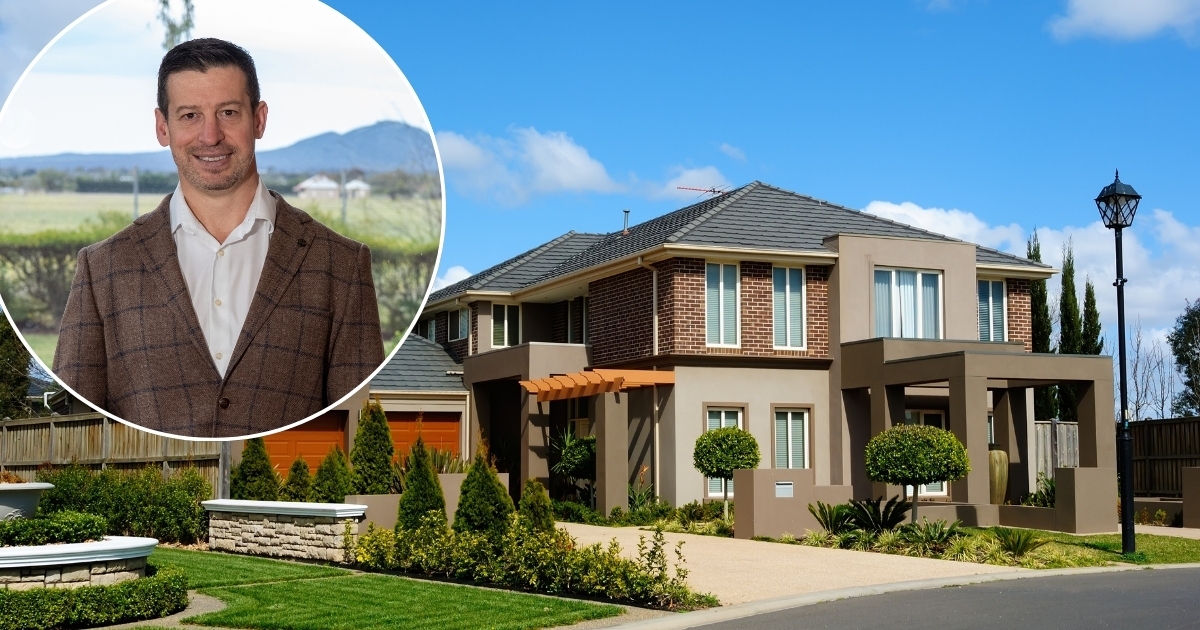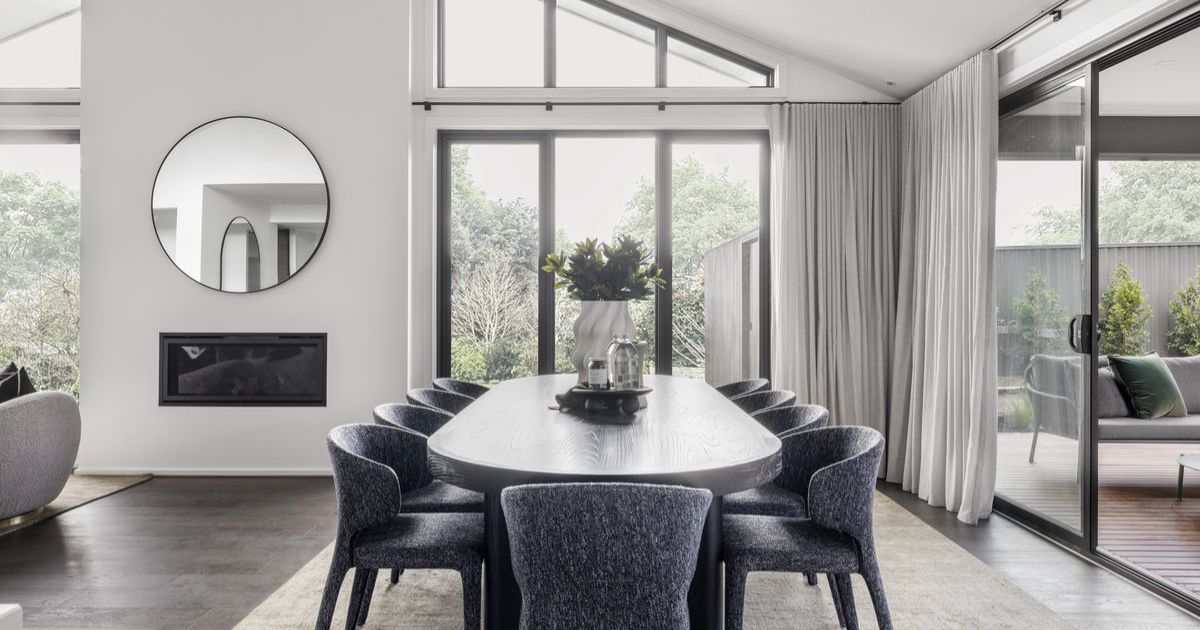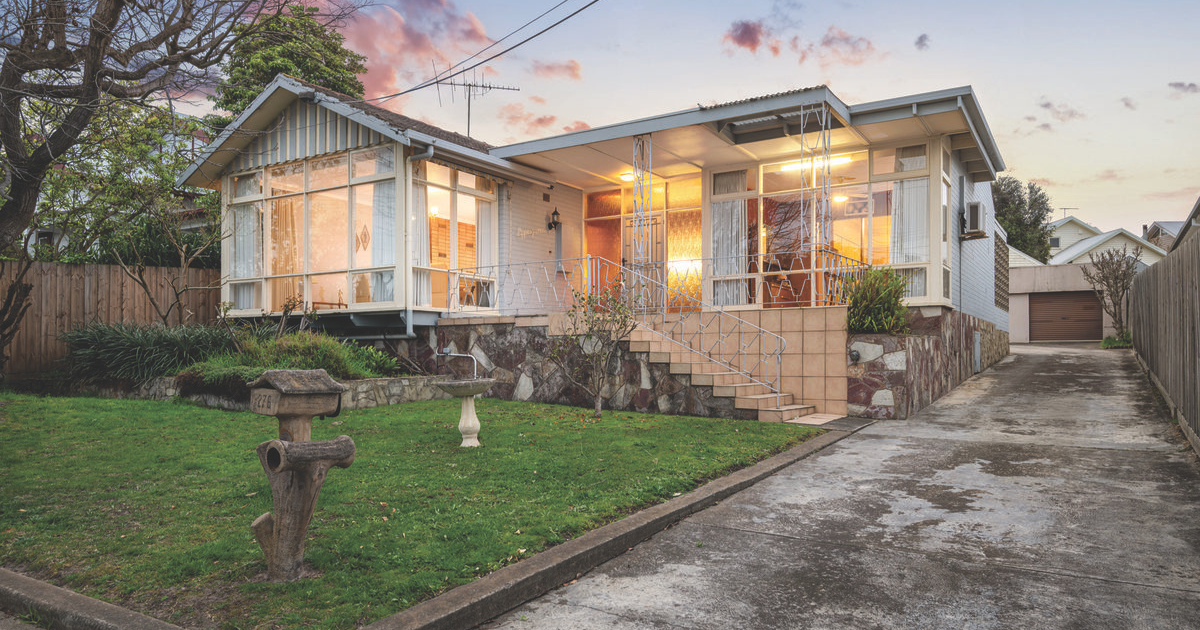When bad news is good news for our property market
THE rate cut we had to have – at least if you are a Victorian.
The Victorian economy and property sector is falling well behind the rest of the nation. The ABS June statistics revealed Victoria’s GDP fell by 1.2 per cent over the last 12 months, while the rest of the country grew by 1 per cent. Victoria has likewise experienced the nation’s smallest increase in gross state income per capita since the GFC, and productivity is tracking the lowest score in the country. And of course, we have the highest per capita debt, with the highest taxes to top it off. The data does not paint a healthy picture of our state’s economy. Luckily, it is these negative results that the RBA needs to have the confidence to lower the Cash Rate, so in some respects, if you’re a mortgage holder, bad news is good news.
This rate cut is well timed with agents gearing up for the spring selling season. The number of listings (properties for sale) is well above the five-year average, so there is plenty of stock to choose from. It still is very much a buyer’s market, and this creates opportunity. In contrast to other states, Victoria and the Geelong region have a lot to offer both investors and home buyers. Firstly, by contrast our region is now far cheaper than many of our interstate competitors; Brisbane property prices have grown more than 50 per cent (median house price $1,010,566) since the onset of Covid, outperforming all other capital cities. Western Australia, particularly Perth, has also been experiencing strong growth, on the cusp of reaching a median house price of $1 million. Even Adelaide has seen strong growth with a median house price of $882,157, having experienced 8.3 per cent growth year on year. Of course, Greater Sydney is still the most expensive with a median price of $1.5 million, it’s nearly half a million more than Melbourne. The Geelong region often gets compared to the Sunshine Coast; however, the Sunshine Coast market has been booming with 12-month growth at 7.8 per cent and a median house price of $1,055,104, it is far more expensive than G-town.
While other states boomed, Victoria has done the opposite. The Geelong region has actually had a decline in values by approximately one per cent over the last 12 months, with a median house price of $760,000. Greater Melbourne has fared a little better with growth of approximately 2.15 per cent and a median house price of $983,000. Yet, in the 12 months to March, Greater Geelong captured a 9.3 per cent share of all net internal migration into regional Australia — surpassing the Sunshine Coast at 8.9 per cent, this marks a first for Geelong, which now leads the national ranking for regional migration destinations. All these people need to live somewhere, and with a cheaper, more affordable property market, in less demand than other states, perhaps we are currently experiencing the calm before the storm.
Local Agents are also sitting on some prime property gearing up for sale, many of which are yet to hit the market, and we have a small basket of high-end stock that hasn’t sold yet, such as Raith Terrace Newtown and Stephen Street Newtown. Both beautiful heritage homes.
This RBA rate cut will make a huge difference to many seeking mortgage finance, and the prospect of perhaps two or three more cuts into mid-2026, should give borrowers confidence to push some demand back into the market. I predict that our market is poised for some catch-up growth, and this rate cut might actually be the thing to kick it off. I can’t wait for this spring selling to begin, it will be the most interesting in years! Good luck to all participants.
//SPONSORED CONTENT


















